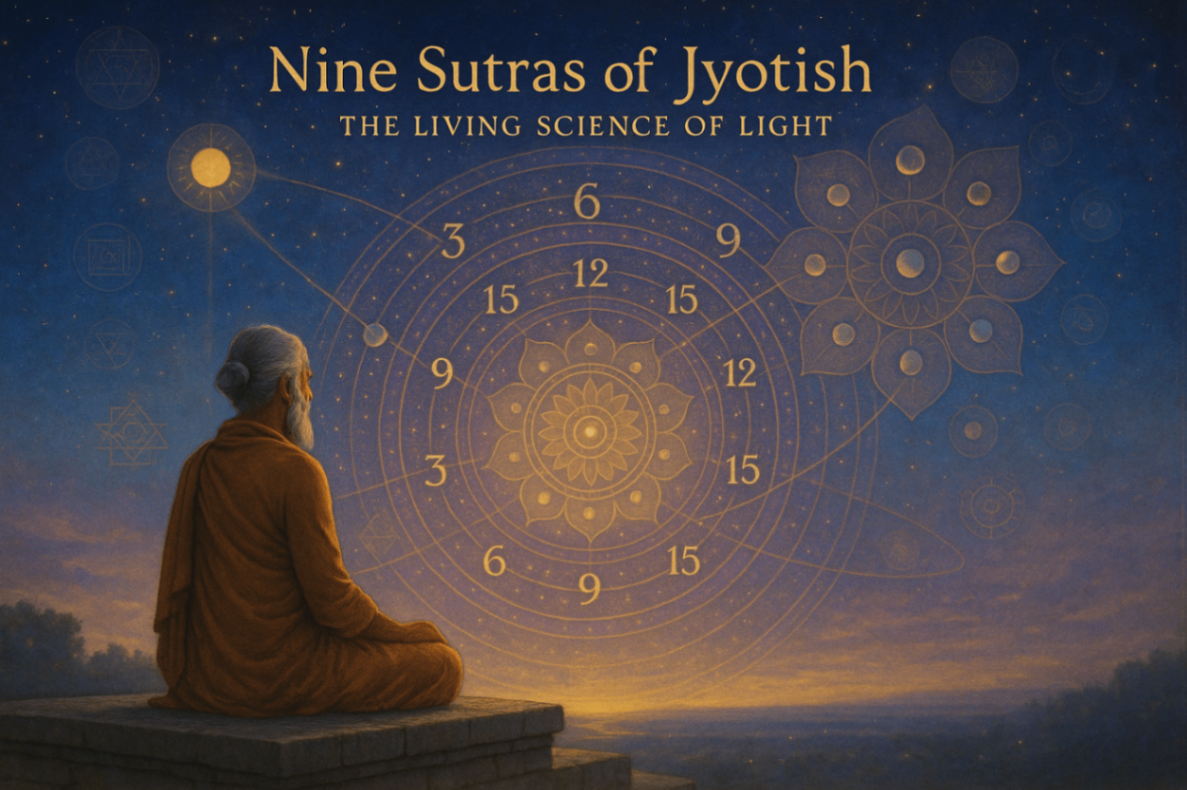The Tilak is a sacred symbol in Hinduism, often seen on the forehead of individuals. It evokes a sense of reverence and respect, transcending the thoughts and emotions of the person wearing it. In this article, we delve into the importance of Tilak in our lives, exploring its spiritual, cultural, and religious significance through the lens of Vedic astrology.
Spiritual Significance of Tilak
In Hindu beliefs, the Tilak is applied on the forehead, specifically on the Ajna Chakra, also known as the third eye. This practice is thought to activate the Ajna Chakra, enhancing concentration, meditation, and knowledge. The Tilak facilitates the flow of divine energy, fostering positivity and shielding the wearer from negative energies.
Cultural Importance of Tilak

The Tilak holds immense cultural value, particularly during religious ceremonies, worship, and special occasions. It is a mark of honor and respect, often applied to gurus, priests, and saints, elevating them to a revered status. The various types of Tilak, such as sandalwood, kumkum, and ash, each signify different attributes like peace, prosperity, and devotion.
The Different Types of Tilak

Sandalwood: Provides peace and coolness.
Kumkum: Symbolizes fortune and prosperity.
Ash: Represents devotion and the form of Shiva.
Fragrance: Denotes purity and sanctity.
The Ritual of Applying Tilak
Applying Tilak is a sacred practice, often accompanied by mantras to maximize its spiritual benefits. The method of applying Tilak is vital, and it is believed that all significant tasks should begin with this ritual, as it aligns with the principles of Hindu culture and religion.
Delving Deeper into the Cultural Significance
The application of Tilak is not just a ritualistic practice but a profound expression of faith and identity in Hinduism. It serves as a physical manifestation of ones spiritual aspirations and religious adherence.
Tilak Ceremony Significance
In various Hindu ceremonies, the tilak ceremony significance is paramount. It marks auspicious beginnings, whether its a wedding, festival, or religious observance. The ceremony often involves elders applying Tilak to younger family members, symbolizing blessings and the transfer of wisdom.
Tilak on Forehead: A Mark of Devotion

Wearing the tilak on the forehead is a daily practice for many devout Hindus. It represents the third eye, a center of spiritual energy and enlightenment. This placement is intentional, signifying the wearers desire to seek higher consciousness and divine connection.
Shaivite Tilak and Vaishnavite Marks
Different sects within Hinduism have unique Tilak designs. The shaivite tilak, often three horizontal lines of ash, represents devotion to Lord Shiva. In contrast, Vaishnavites may wear a U-shaped Tilak made of sandalwood paste, denoting their devotion to Lord Vishnu.
The Astrological Connection
From a Vedic astrology perspective, the Tilak is more than a spiritual symbol; its a tool for harmonizing planetary influences.
Kesar Tilak Significance
Applying a kesar tilak (saffron paste) is believed to appease the planet Jupiter. It enhances wisdom, prosperity, and spiritual growth. The saffrons vibrant color and fragrance are associated with purity and sanctity.
Black Tika Tilak Significance
The black tika tilak significance lies in its protective qualities. Made from substances like kajal (kohl), its applied to ward off the evil eye and negative energies. Its common to see black tika on children to protect them from harm.
The Role of Tilak in Daily Practices
For a Hindu, the daily ritual of bathing is a sacred act, followed by prayer at the home altar. After completing their prayers, individuals apply Tilak, using substances like red powder or sandalwood, on their foreheads. Turmeric also plays a significant role in this practice, with women often marking their foreheads with a lasting symbol.
Tika on Forehead: Beyond Aesthetics
The tika on the forehead serves as a reminder of the divine. Its a constant presence that keeps individuals aligned with their spiritual goals. The act of applying it is meditative, fostering mindfulness and dedication.
Philosophical Underpinnings of Tilak
In Hinduism, the practice of applying Tilak serves as a reminder of ones spiritual duties and connection to the divine. The forehead, regarded as the seat of memory, becomes a canvas for this sacred mark, symbolizing the integration of God in daily activities and thoughts.
Significance of Krishna Tilak
Devotees of Lord Krishna often wear the significance of Krishna Tilak, which is typically a yellow or sandalwood paste mark resembling a leaf or flame. It signifies devotion to Krishna and embodies his teachings of love and righteousness.
Social and Interpersonal Aspects
When Hindus meet, the Tilak mark is often the first noticeable feature, serving as a reminder of mutual existence and dedication to achieving the ultimate reality. With hands joined in greeting, the Tilak complements the gesture of Namaskar, embodying a shared cultural ethos.
Black Tika on Forehead: Protection and Blessings
The practice of applying a black tika on the forehead is widespread, especially for infants and young children. Its a protective measure against negative energies and is believed to bring blessings and good fortune.
The Five Koshas in Hindu Philosophy
Hindu philosophy speaks of five koshas, or sheaths, that encompass the human personality, supported by the soul. These koshas—Annamaya, Pranamaya, Manomaya, Vijnanamaya, and Anandamaya—represent different aspects of existence, eventually uniting all forms into a singular essence, which is the core of Hinduism.
The Role of Vedic Astrology in Understanding Tilak
Vedic astrology provides deeper insights into the significance of Tilak, linking it to cosmic energies and spiritual practices. By understanding the astrological implications, individuals can harness its full potential, fostering spiritual growth and enlightenment.
Tilak in English Meaning and Global Recognition
While the Tilak is deeply rooted in Hindu tradition, its tilak in English meaning has gained recognition worldwide. It symbolizes the universal quest for spiritual awakening and the acknowledgment of a higher power guiding human existence.
Conclusion
In conclusion, the Tilak is more than a religious symbol; its a powerful representation of ones spiritual journey and cultural identity. Through Vedic astrology, we continue to explore and appreciate its profound impact on our lives. The significance of Tilak transcends mere tradition—its an embodiment of faith, protection, and a constant reminder of our connection to the divine.
By understanding and embracing the various aspects of the Tilak—from the tilak ceremony significance to the protective qualities of the black tika on forehead—we enrich our spiritual practices and honor the rich tapestry of Hindu culture.
Key Takeaways:
The Tilak is a sacred symbol with deep spiritual and cultural significance in Hinduism.
It activates the Ajna Chakra, enhancing spiritual awareness.
Different types of Tilak substances carry specific meanings and benefits.
The practice is intertwined with Vedic astrology, influencing cosmic energies.
Its a daily reminder of ones devotion and connection to the divine.
By incorporating the Tilak into daily life, individuals not only honor their heritage but also align themselves with the profound spiritual principles that have guided Hinduism for millennia. Whether through the auspicious kesar tilak or the protective black tika tilak, the significance of this practice remains a cornerstone of Hindu identity and spirituality.






































